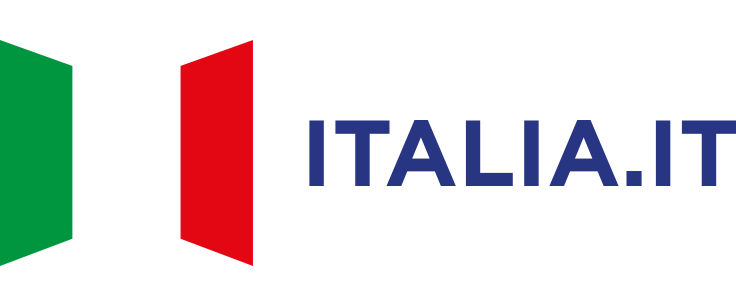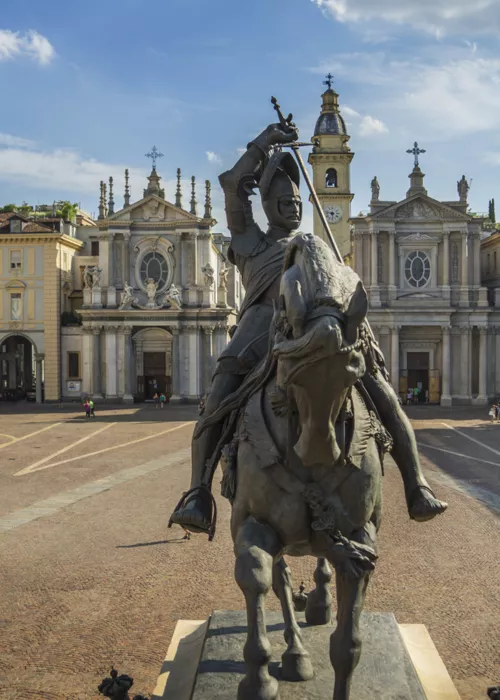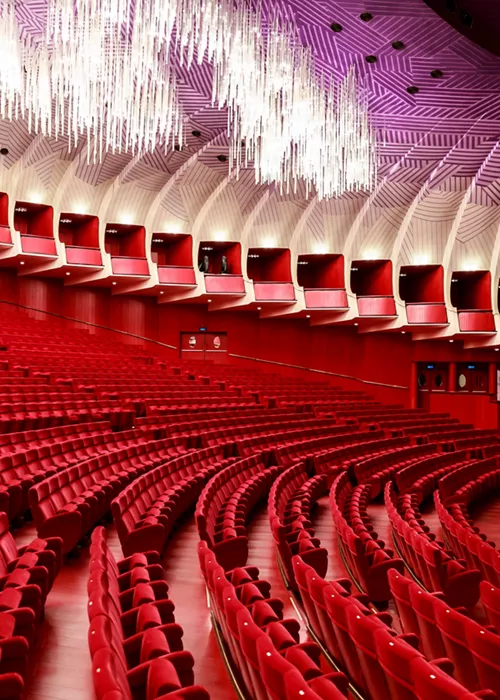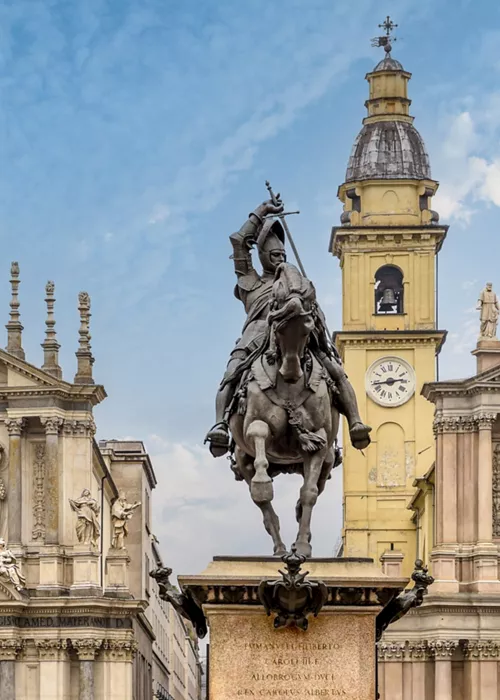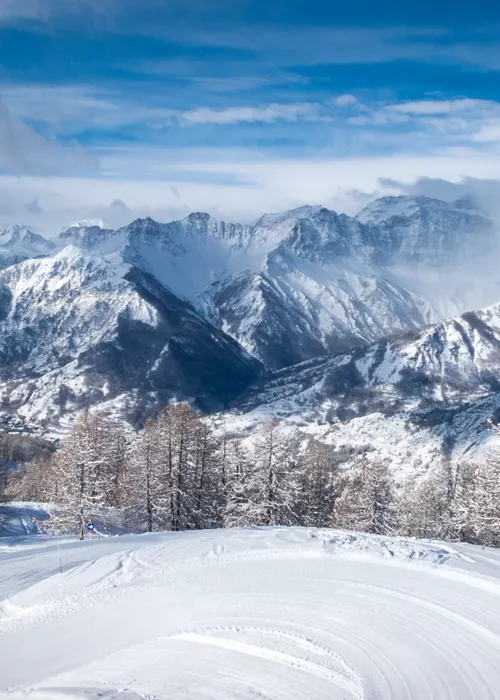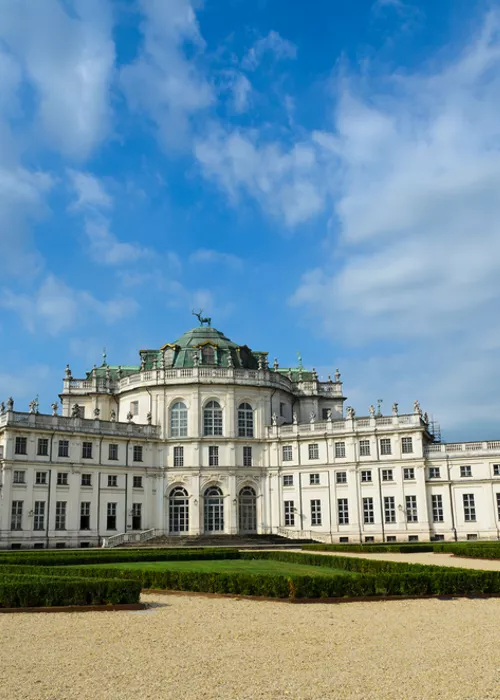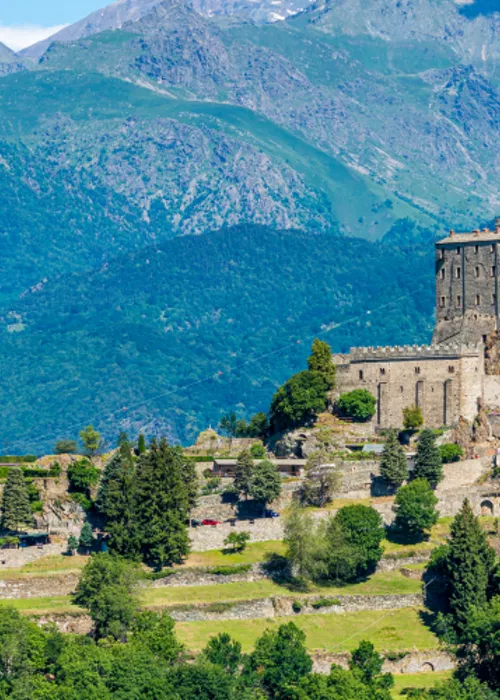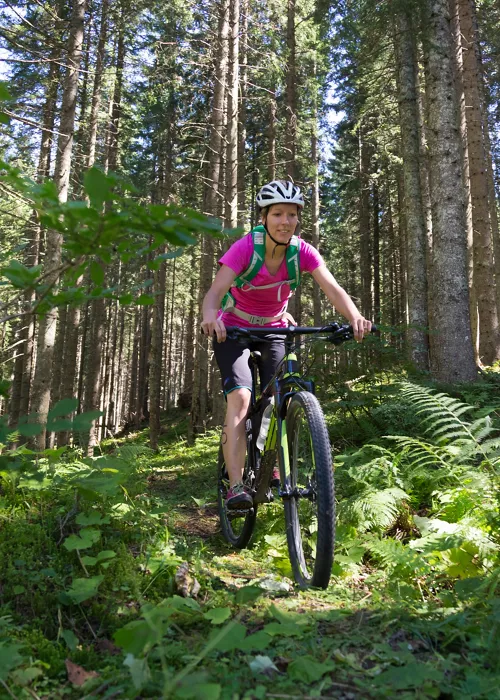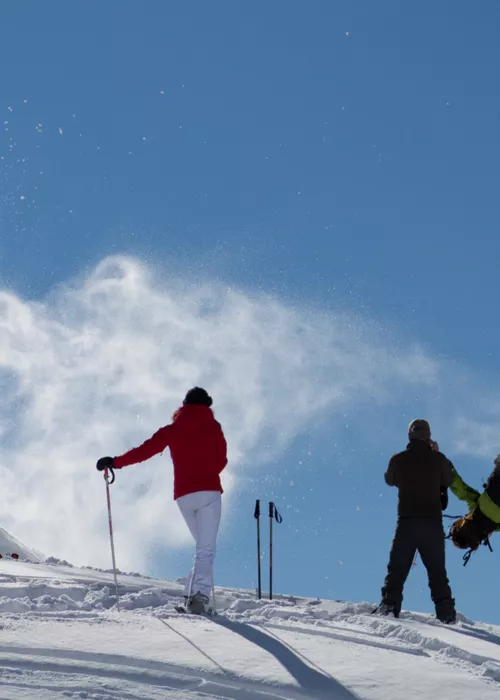Canavese to Savour: ancient vineyards, historic sweets and unique panoramas
8 minutes

Canavese is a revelation for travellers who pass through and a true reward for those who choose to explore it slowly. Lying in eastern Piedmont, between Turin and the Aosta Valley, this varied territory embraces alpine valleys, moraine hills, crystal-clear lakes and villages frozen in time. Beyond castles, trails and panoramas, Canavese guards a less obvious yet priceless treasure: its gastronomic soul.
Here, food and wine culture is woven into the landscape and everyday life. Every product tells a story of artisan skill, deep attachment to the land and communities that have made quality an identity. Travelling in Canavese also means sitting down at table, stepping into a historic pastry shop or a family-run winery, letting curiosity and taste lead the way.
Sweet specialities stand out: Nocciolini di Chivasso – tiny hazelnut meringues perfect with espresso or sparkling wine; the celebrated Torta Novecento of Ivrea, a chocolate-filled icon of Piedmontese pâtisserie; and the Torcetti of Agliè and Castellamonte, butter-rich, yeast-raised biscuits with a crisp crust.
From the farming tradition comes Salampatata, a raw sausage of pork and boiled potatoes, while in the alpine valleys cheesemakers craft raw-milk tome d’alpeggio, authentic cheeses that capture the imprint of high-pasture herbs and seasons.
The wine chapter is led by two stars: Erbaluce di Caluso DOCG, a refined white that also shines as traditional method sparkling and passito, and noble Carema DOC, a mountain red from Nebbiolo grown on heroic stone terraces. Smaller local labels, artisanal wines and native grapes await discovery right in the cellar.
Rounding out the picture are mountain honey, artisan jams, rye bread, biscotti canavesani, alpine-herb grappas and land products such as the Piattella di Cortereggio – a white bean now a Slow Food Presidio – all reflecting the rural intelligence of a region that has made short supply chains a cultural statement.
Canavese is not merely crossed: it is savoured, discovered, taken home. It is a land that invites you to slow down, listen to its silences and relish every nuance.
Nocciolini di Chivasso

A symbol of the city, nocciolini are tiny hazelnut-meringue drops unique to Chivasso. Peeking through the window of the Bonfante Pastry Shop (Pasticceria Bonfante), then stepping into its Art-Nouveau café—where nocciolini have been crafted since the 1920s—means savouring an unforgettable experience.
The cake of the century

A classic Piedmontese confection, Torta Novecento was created by Ivrea master pastry chef Ottavio Bertinotti at the end of the 19th century to celebrate the dawn of the new one—hence its name, “Cake of the Century.” The dessert soon gained a legion of admirers and sparked countless imitations, yet legend says the inventor never allowed assistants near when he prepared the filling. Whatever secret ingredient he added has stayed secret to this day.
In 1972 Bertinotti sold his renowned workshop at Corso Re Umberto I, 16—together with the patented recipe—to the Balla family, who have guarded the mystery ever since. What is certain is this: between two feather-light discs of cocoa pan di Spagna they spread, practically in front of the customer, a generous layer of chocolate mousse that hides the famous secret touch, then finish the top with a dusting of icing sugar. The result is a lavish slice that wins over every palate, even the most demanding.
The torcetti of Agliè

The signature torcetti, first baked in the 18th century, are buttery twists of sweetness you can sample under the arcades in the heart of the village. They are perfect with a pot of molten chocolate or dipped into silky zabaglione. Each spring a lively village-wide fair celebrates these delicious biscuits.
